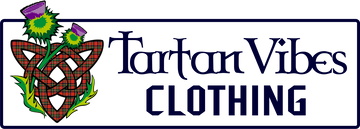Table of Content
I. Introduction
Nestled amidst the breathtaking glens and towering peaks of Scotland, Clan Maclean stands as an emblem of Scotland's storied history, embodying the Highland clans' resilience, honor, and heritage. With roots deeply entrenched in the rugged landscapes of the Inner Hebrides, Clan Maclean has woven a tapestry of courage and loyalty throughout the annals of Scottish history.
From their ancestral stronghold on the Isle of Mull to their indelible imprint on the battles and conflicts that shaped the nation, the Clan Maclean has left an enduring legacy that resonates today. This article aims to delve into the captivating history, cultural significance, and enduring traditions of Clan Maclean, shedding light on its pivotal role in shaping Scotland's cultural landscape and honoring its revered heritage.
A. A Brief Overview of Clan Maclean

Clan Maclean, a Highland Scottish clan, boasts a rich and storied history dating back centuries. Originating from the ancient lands of Mull, in the Inner Hebrides, the Clan Maclean established themselves as formidable warriors and loyal defenders of their territory. Throughout history, Clan Maclean has been characterized by its fierce loyalty to its chiefs, its martial prowess in defense of its lands, and its distinctive tartans and heraldic symbols.
From its involvement in battles and conflicts to its enduring cultural traditions, the legacy of Clan Maclean continues to be celebrated and honored by its descendants and admirers worldwide. This brief overview shows the rich heritage and enduring legacy of one of Scotland's most illustrious Highland clans.
B. The original name of Clan Maclean
The surname MacLean has several possible origins, but it primarily stems from the Scottish Gaelic "MacGilleEathain," meaning "Son of the Servant of Saint John." This points to a historical association with Saint John the Baptist, hinting at a significant religious influence within the clan's early history. The spelling of the name "Maclean" has never been standardized. This is unsurprising, as it is a shortened form of the Gaelic name "MacGhilleathain." Common variations include Maclean, MacLean, or McLean, with capitalization typically reserved for specific names like Donald or Lead, as seen in Clan MacDonald or Clan MacLeod.
The earliest known instances of the name date back to the 14th century, with variations such as Makgilleone, Makgillane, and McGilleoin appearing in historical records. The clan's ascent to prominence began in 852 with a Papal Bull granting Charter & Protection to the Iona Abbey by Pope Leo IV. Over the centuries, alliances through marriage with prominent clans like Clan MacDonald, Clan Bruce, and Clan MacKenzie further solidified Clan MacLean's position within the Scottish royal sphere, shaping its trajectory of power and influence.
II. Clan Maclean History
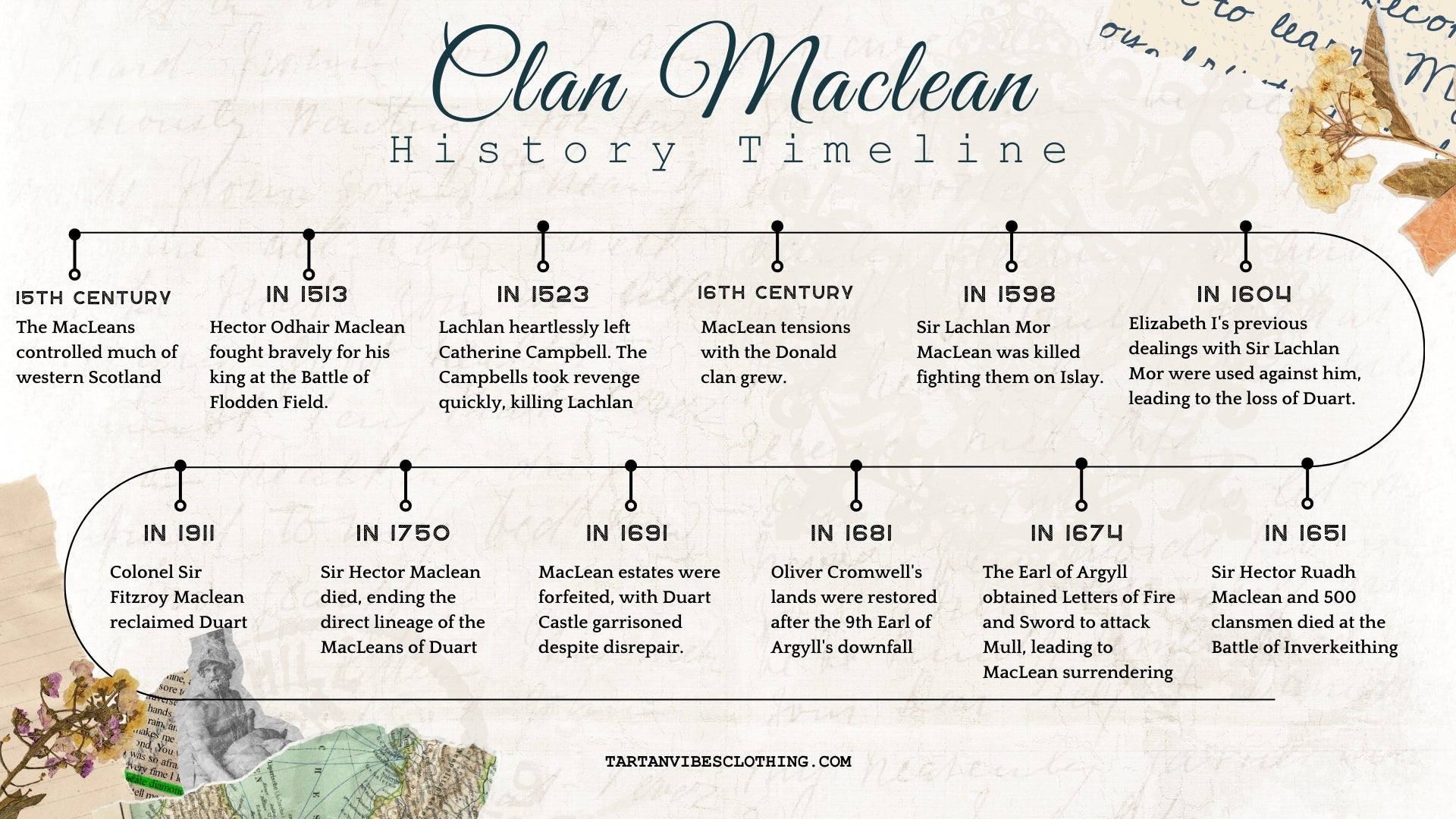
The clan traces its lineage to "Gilleathan Na Tuaidh," also known as Gillian of the Battle Axe, who hailed from the royal lineage of Dalriada, with the Duart branch asserting descent from Lachlan Lubanach, son of Iain Dhu MacLean of Mull, who directly descended from Gillean. Gilleain played a significant role in Scottish history, notably in the Battle of Largs against King Haakon of Norway in 1263. His son, Gilean or Gilmore Maclyn, demonstrated allegiance to Edward I of England in 1296. Clan Maclean fervently supported Robert the Bruce during the Battle of Bannockburn in 1314, showcasing their loyalty to the Scottish cause.
The earliest recorded mention of the Macleans of Duart is found in a Papal Dispensation from 1367, permitting Lachlan Lubanach Maclean, the clan chief, to wed Mary MacDonald, daughter of the Lord of the Isles. This union, initially opposed by Mary's father, eventually led to the Macleans gaining extensive properties on the island of Mull, solidifying their influence in the region. Despite Lachlan's elder brother, Eachin Reganach, establishing the MacLaines of Lochbuie, Lachlan's lineage was recognized as the Chiefly House through Tanistry.
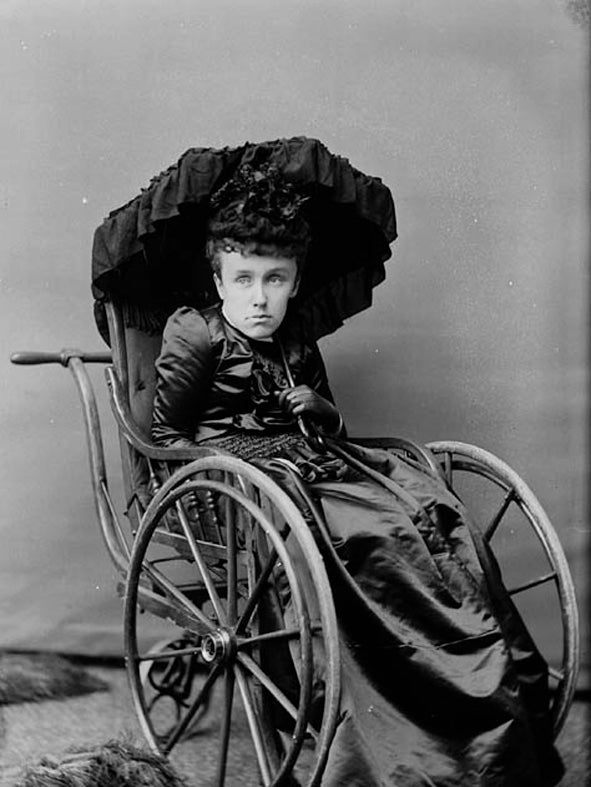
Charles, the son of Eachin, became the progenitor of the MacLeans of Glen Urquhart and Dochgarroch, which later joined the Clan Chattan Federation as a sept. Descending from Lachlan were the MacLeans of Duart, MacLeans of Coll, and MacLeans of Ardgour. By the end of the 15th century, as the influence of the Clan Donald Lords of the Isles waned, the MacLeans had amassed significant territories, including Mull, Tiree, Islay, Jura, and Knapdale, along with holdings in Argyll, Morvern, and Lochaber.
During this era, violent inter-clan conflicts were not uncommon. Notably, a feud erupted between Iain "The Toothless" Maclaine of Loch Buie and his son Eachuin, resulting in Eachuin's tragic demise. Legend has it that Eachuin's spirit, known as the Headless Horseman, foretells the impending death of the MacLaine Chieftain of Lochbuie. Iain was captured by Hector MacLean of Duart and imprisoned on the remote island of Cairnburg to prevent him from siring another heir. However, an oversight by Duart led to the birth of Murdoch the Stunted, ensuring the continuation of the Loch Buie line.
Hector Odhair Maclean of Duart pledged allegiance to James IV during the monarch's visit to the West Coast islands. He bravely fought for his king at the Battle of Flodden in 1513. The Macleans forged a beneficial alliance with the Campbells of Argyll during this time. However, tensions arose when Lachlan Maclean of Duart married Catherine Campbell, sister of the Earl of Argyll. When Catherine could not bear him an heir, Lachlan callously abandoned her on a rock to perish beneath the rising tide. Fortunately, Catherine was rescued by fishermen, but Lachlan falsely informed her brother of her demise. In retaliation, the Campbells swiftly exacted revenge, leading to Lachlan's murder in 1523.

Throughout the 16th century, tensions escalated with Clan Donald, culminating in Sir Lachlan Mor Maclean's death in battle against them on Islay in 1598. Sir Lachlan Mor's prior negotiations with Elizabeth I were used against the clan, resulting in the sequestration of Duart in 1604. However, four years later, Lord Ochiltree was dispatched by the King to quell the unrest among the island chiefs. Following an agreement, the MacLeans were permitted to retain control of Duart.
The MacLeans remained loyal to Charles I during the conflict with Oliver Cromwell. Sir Hector Ruadh Maclean and five hundred clansmen tragically perished at the Battle of Inverkeithing in 1651. To support the Royalist cause, the family mortgaged their lands, later acquired by the Clan Campbell, to settle debts. In 1674, the Earl of Argyll obtained Letters of Fire and Sword to attack Mull, leading to MacLean surrendering. Their lands were restored after the 9th Earl of Argyll's downfall in 1681.
Sir John Maclean of Duart fought for the Jacobites at the Battle of Killiecrankie, allowing the Campbells to attack and destroy Duart. After the Battle of Cairburg Mór in 1691, MacLean estates were forfeited, with Duart Castle garrisoned despite disrepair.

Upon Sir Hector Maclean's death in 1750, the direct line of the MacLeans of Duart ended. Honours passed to Alan Maclean of Brolas. In 1911, Colonel Sir Fitzroy Maclean reclaimed Duart, reviving it to its former grandeur before passing at 100. His son, Lord Maclean of Duart (1916-1990), served as Chief Scout of the Commonwealth and held the esteemed position of Lord Chamberlain to Her Majesty the Queen.
📜 Please also see the history at maclean.org
III. Clan Maclean Crest and Coat of Arms
A. Clan Maclean Crest
The combination of these symbols in the Clan Maclean Crest not only honors the historical roots of the clan but also conveys enduring values such as readiness, resilience, and a connection to the fertile landscapes of their ancestral lands. The crest is a proud emblem, representing the identity and spirit of Clan Maclean's history across generations.
Gaelic Name: MacGhille Eoin
Crest: A tower embattled Argent
Motto: Virtue Mine Honour
Badge: Crowberry
Lands: Morven, Mull, Coll, Tiree
Clan Chief: Sir Lachlan MacLean of Duart and Morven

The Maclean Clan Crest features a prominent element - a tower embattled Argent, symbolizing strength, resilience, and the clan's historical fortifications. This emblem reflects the Macleans' fortified strongholds and their role as guardians of their territory. The motto "Virtue Mine Honour" emphasizes the importance of virtue in upholding the clan's honor and integrity. It underscores the values of bravery, integrity, and nobility that have defined the Maclean clan throughout its history, highlighting the significance of virtuous conduct in maintaining the clan's honor and reputation.
B. Clan Maclean Coat of Arms
The Clan Maclean Coat of Arms is a visually striking emblem that embodies the rich heritage and values of the clan. It features a shield divided into four quadrants, each representing key elements of the clan's identity.
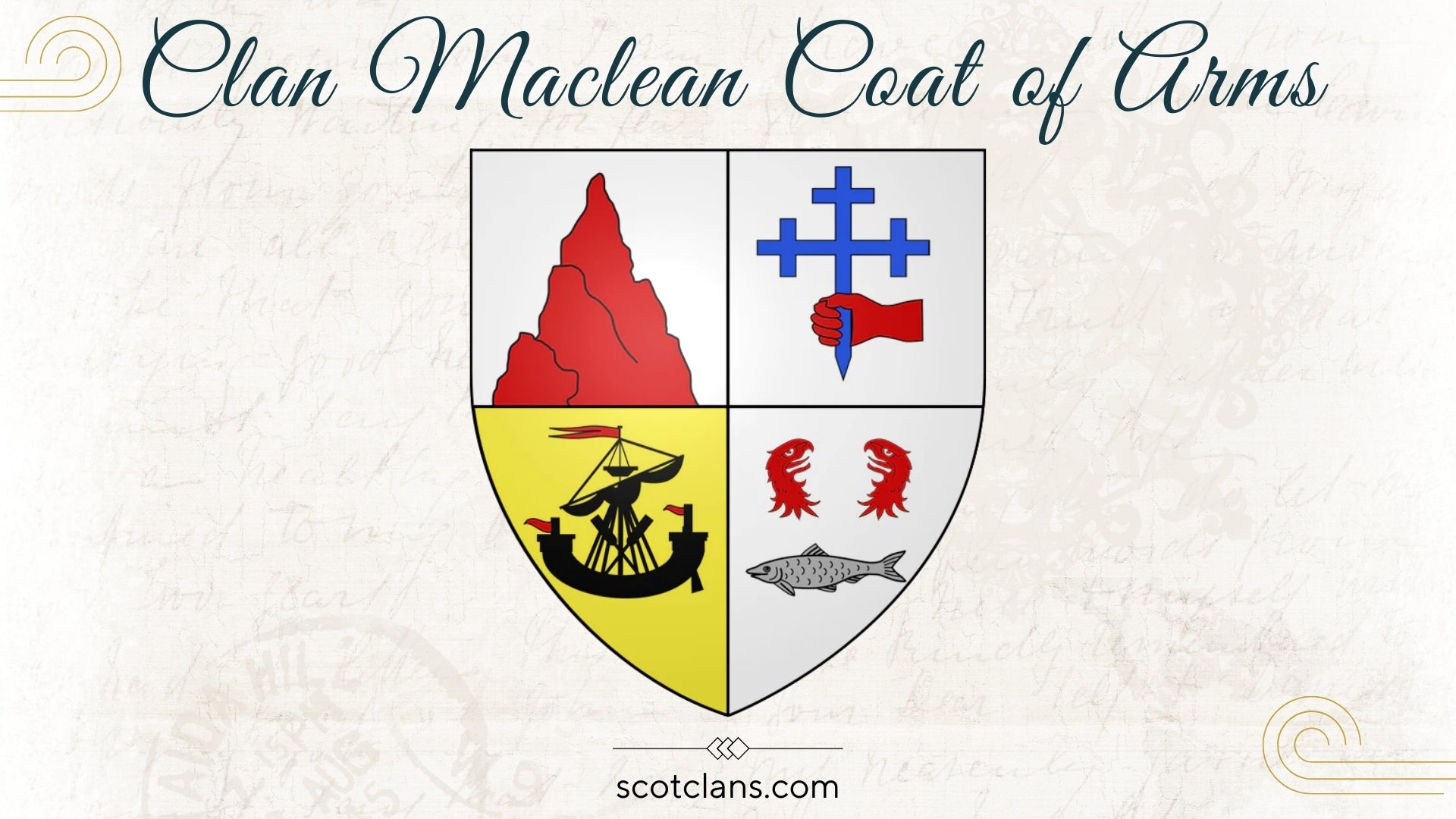
The first quadrant showcases a silver field with a red rock, symbolizing resilience and steadfastness. In the second quadrant, a silver background holds a red dexter hand gripping a blue cross crosslet fitchee, symbolizing faith and steadfastness in the clan's beliefs. The third quadrant features a gold field with a black lymphad, depicting the clan's maritime prowess and seafaring heritage. Finally, the fourth quadrant displays a silver field with a lifelike depiction of a salmon swimming against a red backdrop, flanked by two eagles' heads, representing strength, wisdom, and resilience. Together, these elements encapsulate the essence of Clan Maclean's history, traditions, and values.
IV. Clan Maclean Tartan
The Clan Maclean tartan is a traditional Scottish tartan associated with the Clan Maclean. The Maclean Clan tartan features red, green, blue, black, white, and yellow. Presently, the clan boasts with 5 distinct tartan designs officially registered with the Scottish Register of Tartans. Notably, this particular tartan stands among the oldest documented patterns, with references dating as far back as 1587.
The origins of this tartan weave a rich tapestry of the Scottish clan's legacy. Dating back to 1471, the tartan fabric was procured for the King and Queen of Scotland, marking its early presence. Emblematic of the clan's essence and legacy, this tartan serves as a poignant symbol of their identity, preserving ancient customs and enduring heritage.
A. Clan Maclean of Duart Tartan:
Clan Maclean of Duart Tartan is the most frequently used one by members from the lines of Duart, Coll, Lehir, Morvern, and others of the Clan MacLean.
It is also the basis for the Royal Stuart Tartan which has “muted,” “weathered” and “ancient” versions that simulate old-style dyes.

B. Clan Maclean of Duart Hunting Tartan:
The Clan Maclean of Duart Hunting tartan is the oldest tartan known in Scotland. It was described in a document for land called Nerrabolsadh on the island of Islay in 1587. This Hunting tartan is typically worn for informal events.

C. Clan Maclaine of Lochbuie Tartan:
The Clan Maclaines of Lochbuie use this tartan as their primary one. Variations of this tartan that look like ancient dyes are also popular. These versions are called "Muted", "weathered", and "ancient".
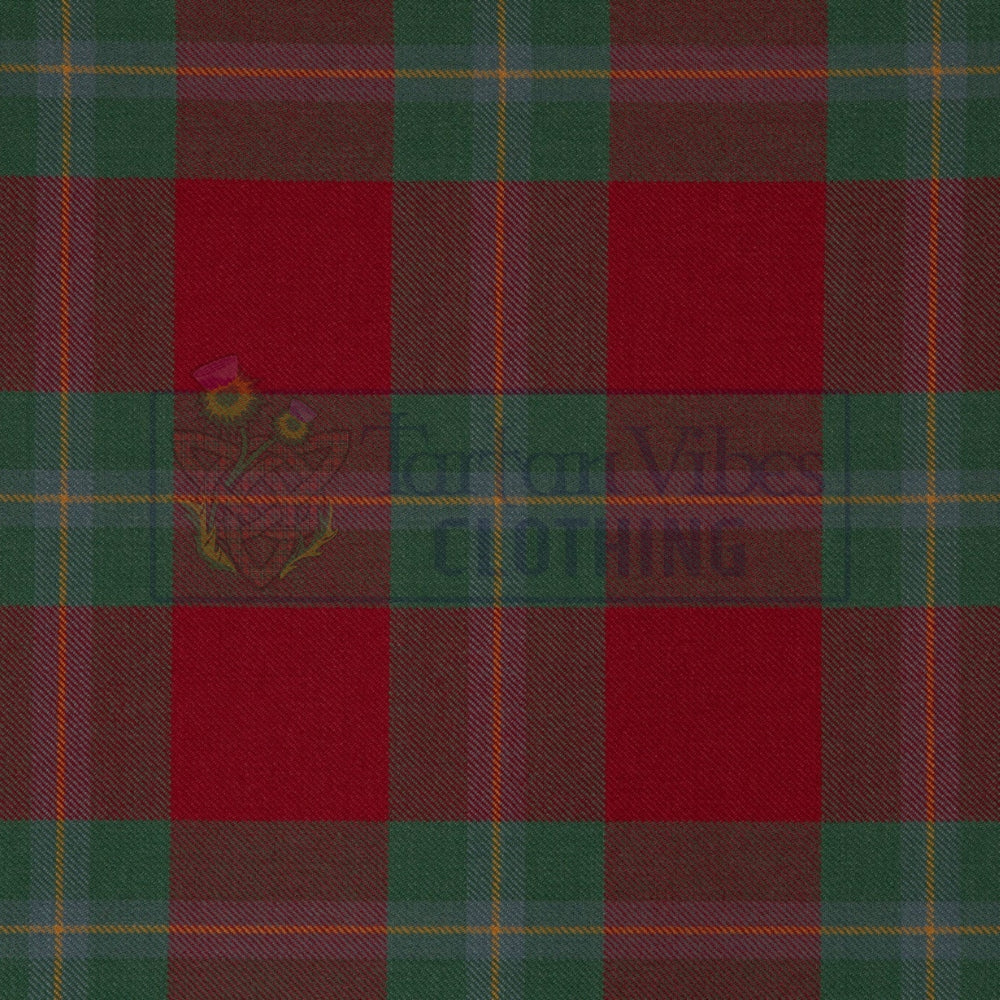
D. Clan Maclaine of Lochbuie Hunting Tartan:
The Lochbuie Hunting tartan is frequently used for relaxed events and is similar to the ocean view near Moy Castle.
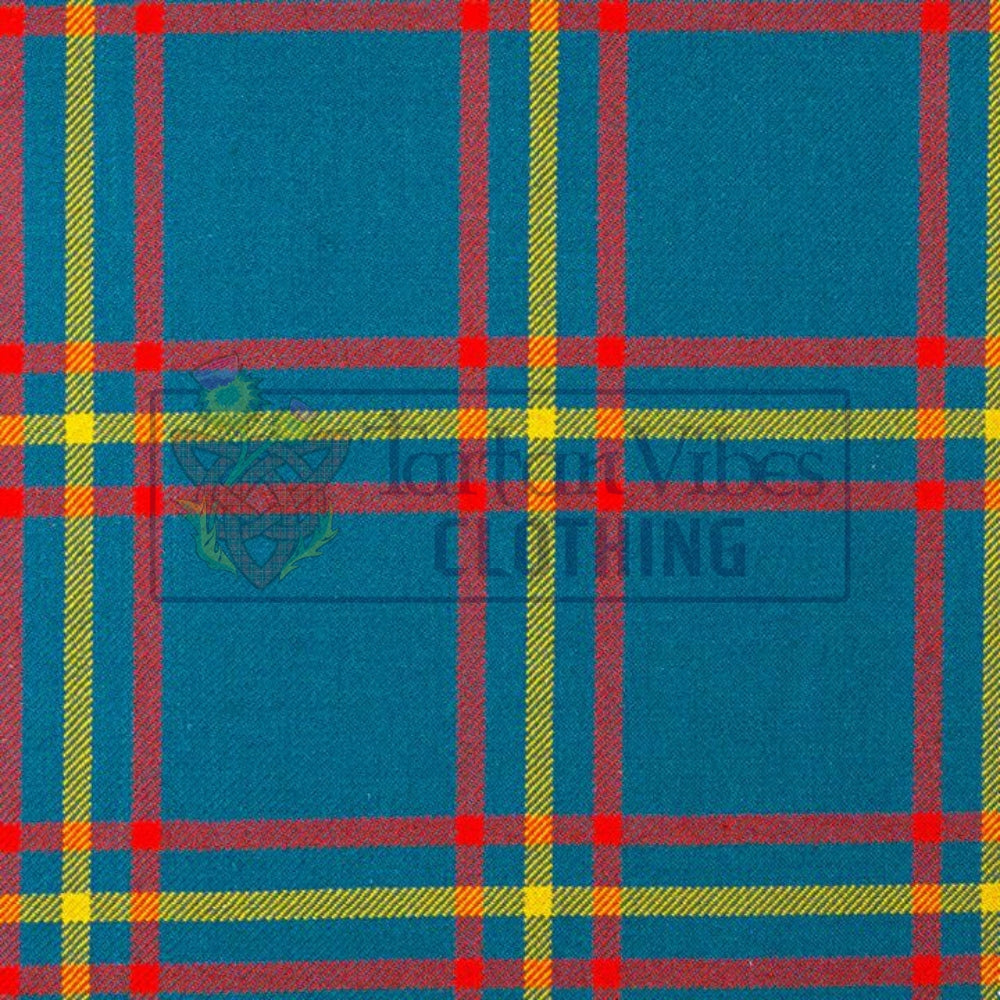
E. Clan Maclean of Kingairloch Tartan:
The Clan Macleans of Kingariloch Clan has a long association with the Morvern region, and the colors of this tartan resemble the landscape of Loch Linnhe.
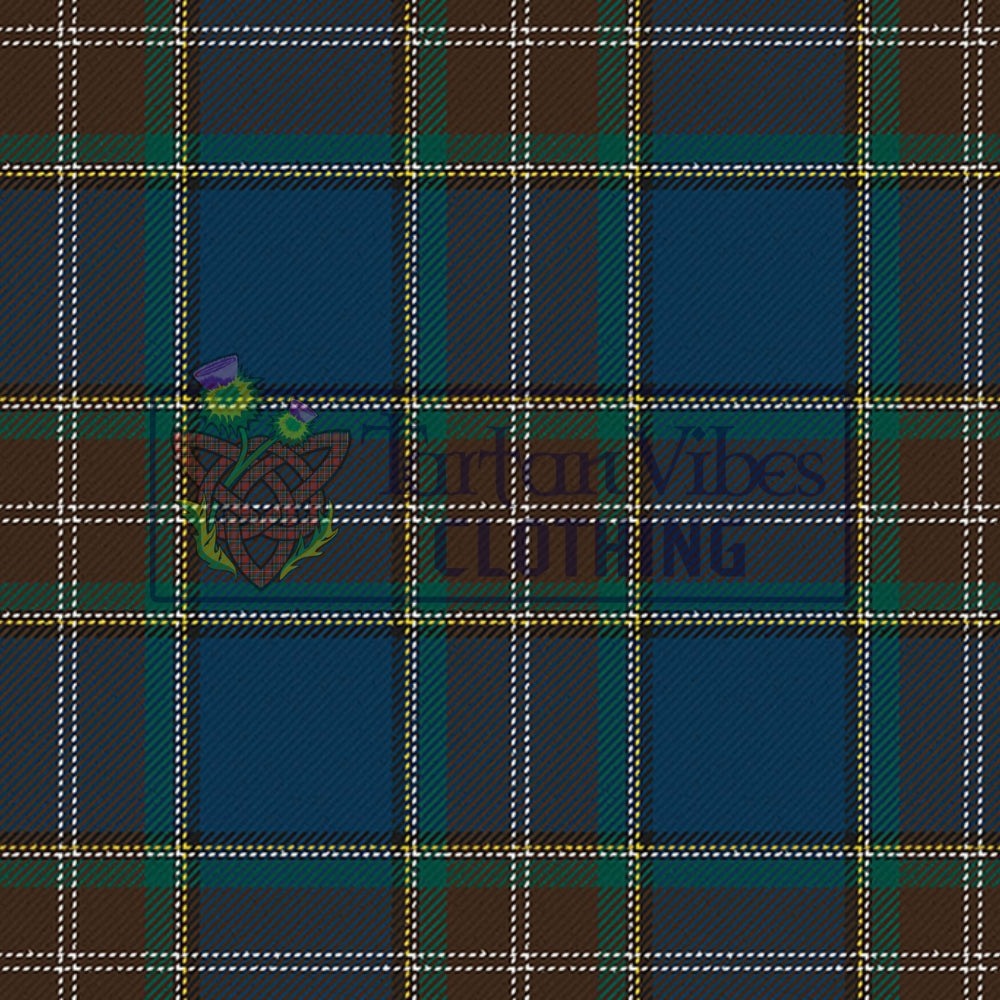
Explore the timeless traditions of Clan Maclean through our collection of tartan products on our website. And bring a piece of the clan's history into your present.
V. Prominent Members of Clan Maclean

A. Sir Lachlan Maclean, 12th Baronet
Sir Lachlan Maclean, 12th Baronet, has continued the legacy of his predecessors with dedication and distinction. As the current head of Clan Maclean, he has upheld the traditions and values of his family while embracing modern challenges and opportunities.
Sir Lachlan has been actively involved in various initiatives aimed at promoting Scottish culture, heritage, and community development. He has also represented the clan on numerous occasions, fostering connections with other clans and organizations both nationally and internationally. Sir Lachlan Maclean's leadership ensures that the Maclean clan remains vibrant, respected, and relevant in contemporary times, preserving its esteemed legacy for future generations.
B. Lord Maclean of Duart
During World War II, Sir Lachlan Maclean served with the 3rd Battalion Scots Guards, seeing action in France, Belgium, the Netherlands, and Germany. After the war, he transitioned to become a sheep and cattle farmer in Scotland. His service extended beyond the military as he assumed the role of Lord Lieutenant of Argyllshire from 1954 to 1975. Additionally, Sir Lachlan played a significant role in the Boy Scouts Association, serving as Chief Scout of the United Kingdom and Commonwealth from 1959 to 1971.
Under his leadership, notable reforms were introduced, although they faced challenges and criticisms. Despite this, his contributions to world Scouting were recognized with the prestigious Bronze Wolf Award in 1967. In 1971, he was elevated to the peerage as Baron Maclean of Duart and Morven in Argyllshire. He held various ceremonial positions throughout his lifetime, including Lord Chamberlain and Lord High Commissioner to the General Assembly of the Church of Scotland. Sir Lachlan Maclean passed away on February 8, 1990, at Hampton Court Palace.
C. Sir Fitzroy Maclean, 10th Baronet

Sir Fitzroy Maclean, 10th Baronet, was a distinguished figure known for his remarkable achievements and contributions. He served with distinction during World War II as a British Army officer, gaining renown for his exploits in the Middle East, particularly in the Balkans. His experiences inspired his acclaimed memoir "Eastern Approaches." Beyond his military career, Sir Fitzroy played a pivotal role in the restoration of Duart Castle, the historic seat of Clan Maclean.
His efforts revitalized the castle, preserving its rich heritage for future generations. Additionally, he served as a Member of Parliament and held various diplomatic roles, showcasing his commitment to public service. Sir Fitzroy Maclean's legacy is one of valor, leadership, and dedication to his clan and country.
VI. Conclusion
In conclusion, the history and heritage of Clan Maclean are rich and storied, spanning centuries of resilience, loyalty, and valor. From its legendary progenitor, Gillean of the Battle-axe, to the present day, the Macleans have left an indelible mark on Scottish history and culture. Through times of triumph and adversity, the clan has upheld its motto, "Virtue Mine Honour," with unwavering commitment.
The contributions of its leaders, the bravery of its warriors, and the enduring spirit of its people have shaped the legacy of Clan Maclean into one of honor, strength, and unity. As custodians of their ancestral traditions, the Clan Maclean continue to thrive, ensuring their proud heritage remains a beacon of inspiration for future generations.
Frequently Asked Questions
What was Clan MacLean known for?
Many early Clan MacLean became famous for their honor, strength, and courage in battle. They were involved in clan skirmishes with the Mackinnons, Camerons, MacDonalds, Campbells, and Jacobite risings.
Who were Clan MacLean's enemies?
Although it was the encroaching and expansionist Campbells whom the Clan MacLean were traditionally wary of, they also clashed with the neighboring MacDonalds. They had a long and bitter dispute over lands on Islay.
Who is the current chief of the Clan MacLean ?
Sir Lachlan Hector Charles Maclean
The current chief of the Highland Scottish clan, Clan Maclean, is Sir Lachlan Hector Charles Maclean of Duart and Morvern Bt, CVO, Deputy Lord Lieutenant of Argyll and Bute, 28th clan chief and 12th Baronet of Morvern.
Where did the Clan Maclean live in Scotland?
The inner Hebrides
The Clan Maclean is one of the oldest Gaelic clans of Scotland, settling primarily in the inner Hebrides and the Western Highlands. The Clan Maclean takes its name from its first chief, Gilleain na Tuaighe.
Where is the Clan Maclean from?
Scotland
The Clan Maclean name means 'Son of Gillean' and is taken from the Thirteenth-Century warrior, Gillean of the Battle-Axe, who was related to the Kings of the Ancient Province of Dalriada. The Clan Maclean lands were and still are on the West Coast of Scotland and the islands of Mull, Coll, Tiree, and Jura.
